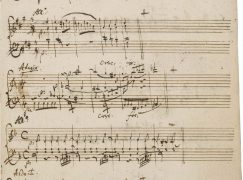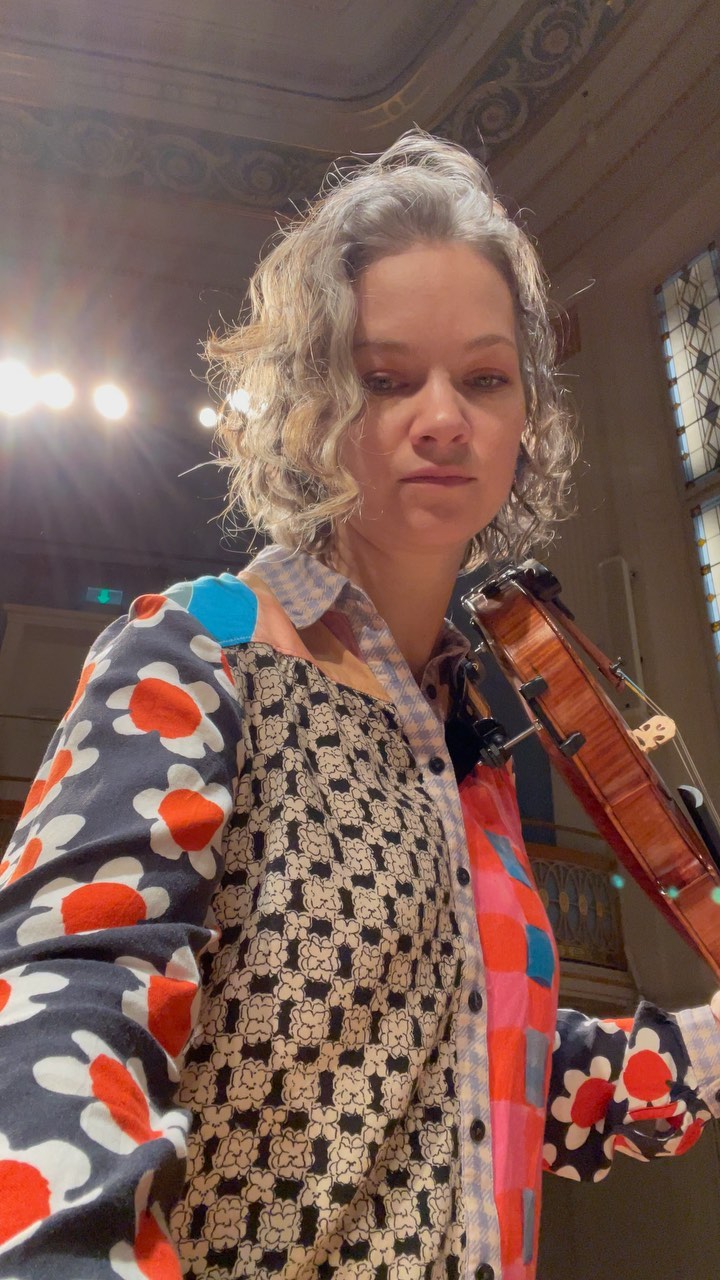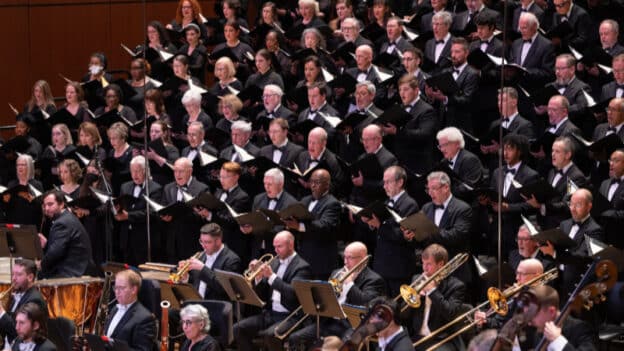British Library puts Mozart’s diaries online
mainThe BL has uploaded the personal diary in which Mozart jotted down themes from new works as he finished them in the last seven years of his life.

The manuscript is from the Stefan Zweig bequest. Bookmark it here and return whenever you have time.






How is that news? As far as I know this was there for the last 10 years at least
Whilst any digitization of important musical material is to be welcomed, I have to deplore the fact that unlike the Bibliothèque nationale de France or the Biblioteca Nacional de España (to name two enlightened, or maybe particulary well funded institutions) the BL has made no effort to systematically digitize the many thousands of public domain scores it has hidden away. It has a few showcase collections here: https://goo.gl/QaQk9D but nothing else.
Like most taxpayer-funded institutions in the UK, the BL has to prioritise what it can do with the funding and staff available. In particular, the BL, as the UK’s principal legal-deposit library, has to prioritise its core function of custodianship. When it comes to digitisation, it seems logical to focus on manuscripts, which tend to be unique, and printed music of particular rarity and/or research value. A list of digitised music manuscripts up to summer 2017 is available from:
http://blogs.bl.uk/files/bl-digitised-music-manuscripts-summer-2017.pdf
That is certainly true – but the BL also holds copies of much 19th century printed music for which they might well hold the only versions in existence (as indicated by searches on Worldcat). Such copies are as valuable to researchers and performers as manuscripts (which may not exist for works of less well-known composers). In my own music collection I have one or two pieces of mid-19th century piano music published in the UK which do not appear in the BL catalogue (or anywhere else on Worldcat). There may be other copies sitting in music piles in second-hand bookshops. I have tried to ‘preserve’ them by scanning them and making them available on IMSLP. but without industrial-scale scanning equipment and know-how it is quite a slow job.
It might be worth adding that the BL has also actively sought external partners to systematically digitise large parts of its printed music collections. With Royal Holloway, University of London, for example, it successfully acquired funding to digitise 300 important 16C editions from its printed music collections in the project Early Music Online (www.earlymusiconline.org/). It is also collaborating with Google Books in the mass digitisation of printed music from 1650 to 1876, with 20,000 items projected to be completed by the end of 2018. Many of these are already available free of charge via the Library’s online catalogue (http://explore.bl.uk).
They screwed it up! Observe the page numbering carefully and you’ll see that they start misnumbering the pages about halfway through, and omit entirely a page which contains the incipit for the great E-flat major divertimento for string trio, K. 563. If you look at the raw images elsewhere on their website, you can see the page in question, though without any commentary.
The page numbers actually refer only to the sequence of images, not to any numbering within the manuscript itself. The location of each image in the manuscript is indicated by the folio numbers given at the top of each webpage. As Bill has noticed, only a selection of images from the manuscript are given on the website with full commentaries. This reflects how the BL originally made the manuscript available online in 2006.
For high resolution images of the manuscript in its entirety, interested Slipped Disc readers should click here: http://www.bl.uk/manuscripts/FullDisplay.aspx?ref=Zweig_MS_63
For links to all the BL’s digitised Mozart manuscripts, see: http://blogs.bl.uk/music/2014/04/mozartmanuscriptsonline.html